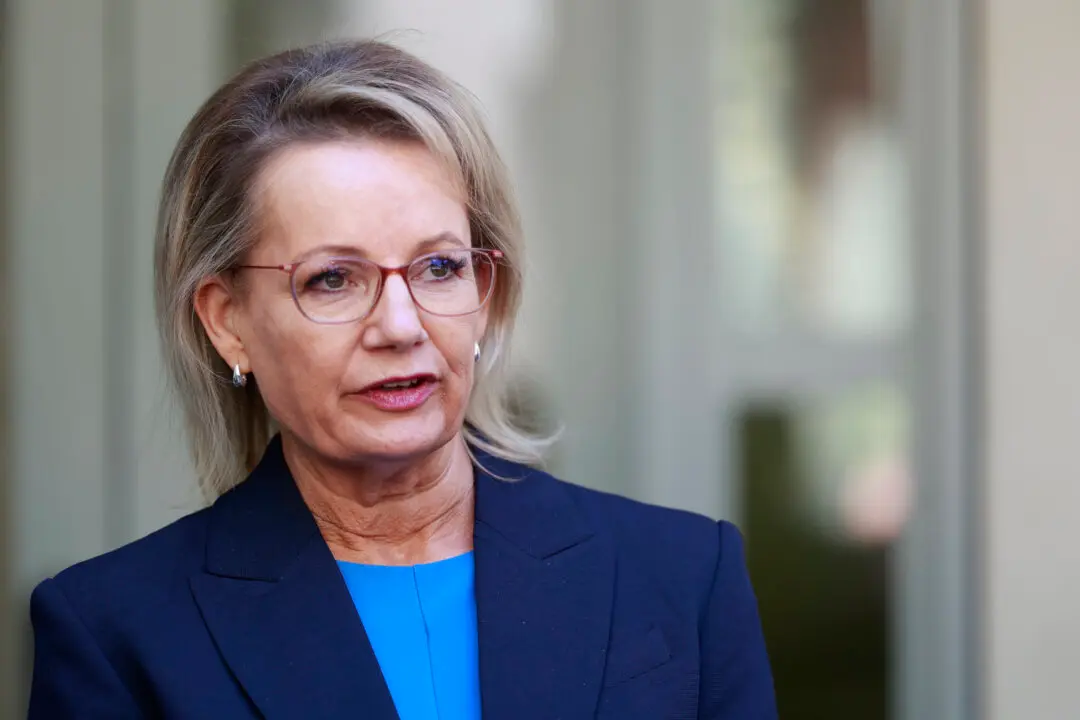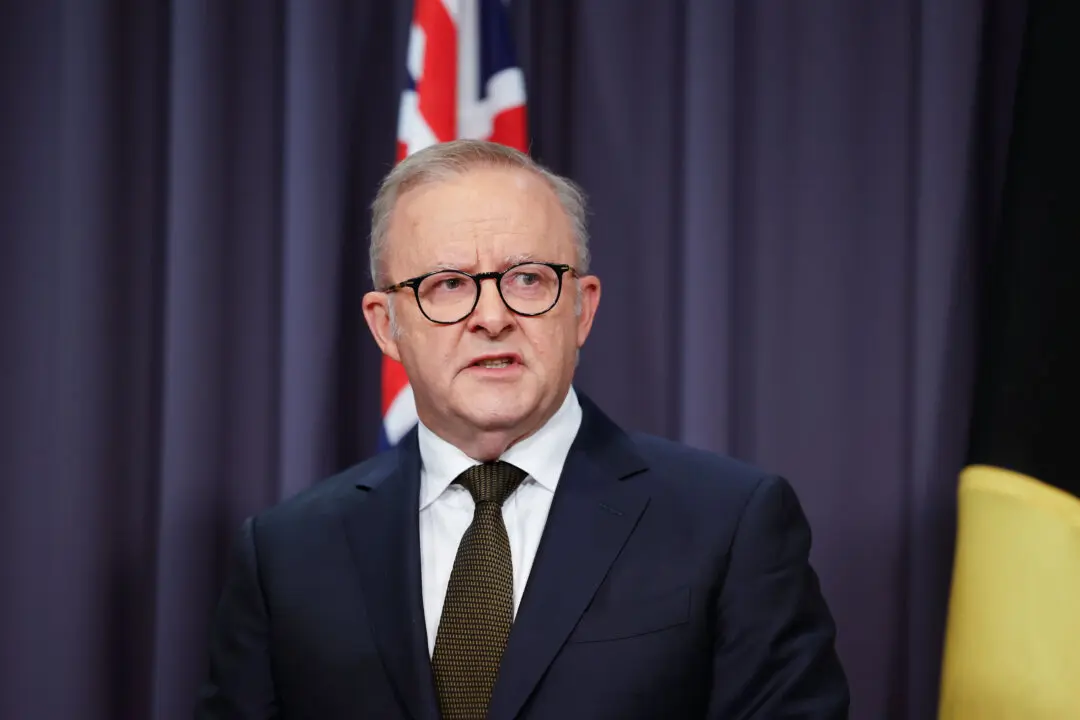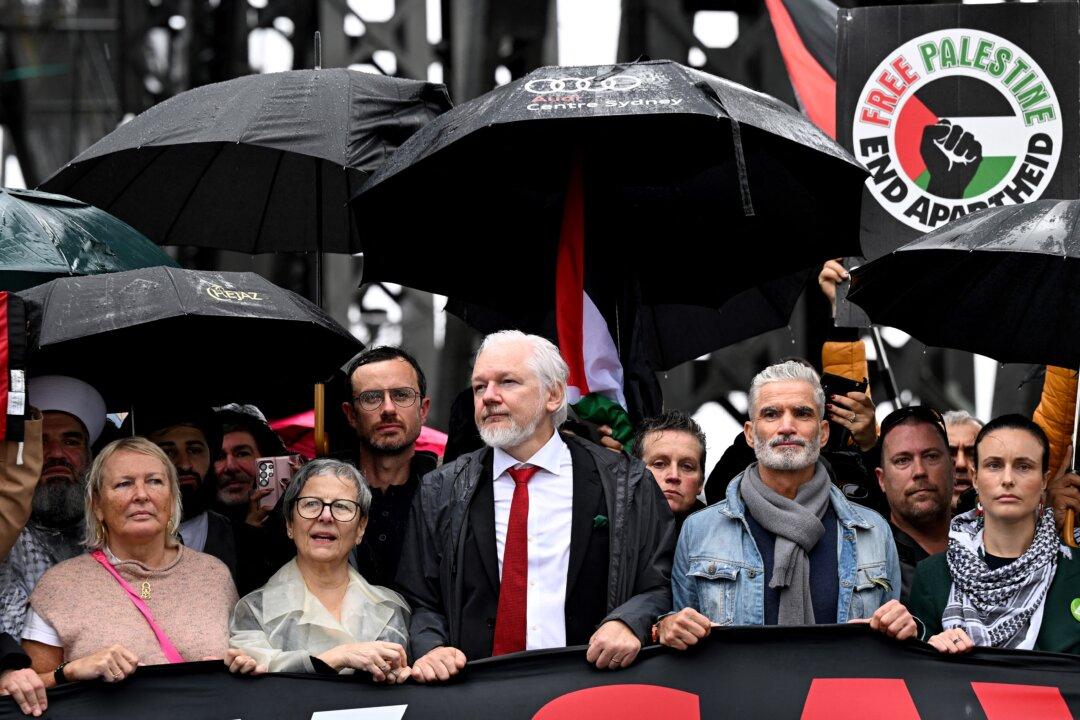Access to capital, unlocking Indigenous land assets, and empowering Indigenous corporations took centre stage at the Senate Inquiry into economic self-determination for First Nations Australians held on Sept. 30.
With a sharp focus on removing systemic barriers, representatives called for fiscal and legislative reforms to complement social policies like “Closing the Gap” and drive true economic participation. The committee is chaired by Victorian Labor Senator Jana Stewart.





